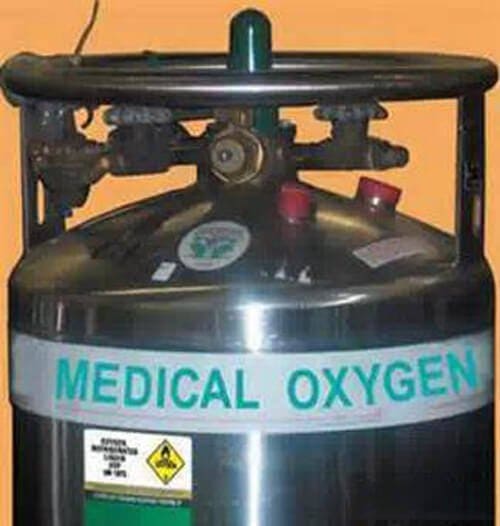According to the report of the United States Hospital Evaluation Committee, two incidents occurred in 2000 that led to the death of four people and five injuries due to medical gas confusion. In the past 4 years, the Food and Drug Administration (FDA) also received 4 incidents of 7 deaths and 15 injuries due to medical gas confusion. In early April 2001, the FDA issued the “Public Health Alert Guide for Hospitals, Nursing Homes, and other Medical Institutions.” The guide analyzed common causes of medical gas obfuscation events, proposed suggestions for preventing such incidents, and publicized preventive measures for medical casualties caused by compressed medical gases.
Medical gases include oxygen, compressed air, vacuum, carbon dioxide, helium, nitrogen, and nitrous oxide. They also require the prescription when used. These medical gases can be used for treatment as well as the power to operate medical equipment. Industrial gases must not be used for medical purposes. Medical gases should be stored in different containers, but three of the four FDA-reported incidents are related to cryogenic containers and their attachments, so this article will focus on the issues of containers.

1.Common Causes
The common causes of medical gas confusion incidents issued by the FDA are as follows:
(1) The staff is not properly trained to transport, connect, or identify medical gas containers.
(2) The medical gas special connection device is not used.
(3) Medical gas container identification is wrong.

2.Suggest
FDA recommends that medical institutions take the following measures to prevent medical gas incidents:
(1) Be alert to the dangers that may occur during the use of medical gases.
(2) Training staff identify and carefully check medical gas labels.
(3) If the supplier uses a 360° wraparound label to identify medical gases, staff should be trained to confirm the identity to ensure that the oxygen container is properly connected.
(4) If the staff wants to adjust and install cryogenic vessels, they should learn to properly connect the gas devices. These personnel should know how the container is connected to the oxygen supply system and be alert to the serious consequences of replacing the connection. The adapter must not be used to connect containers.
